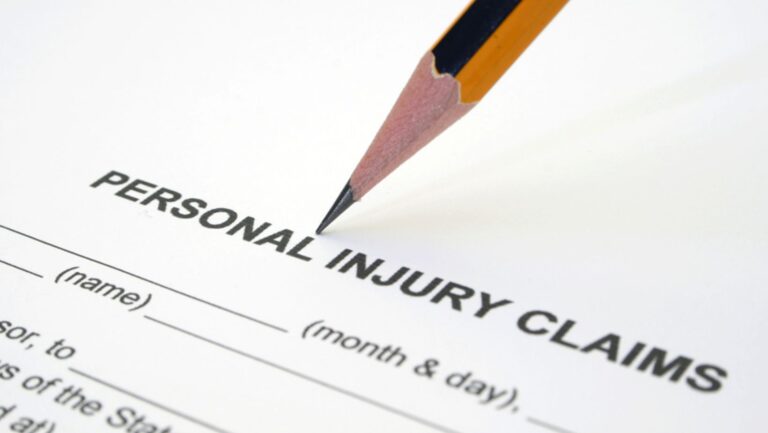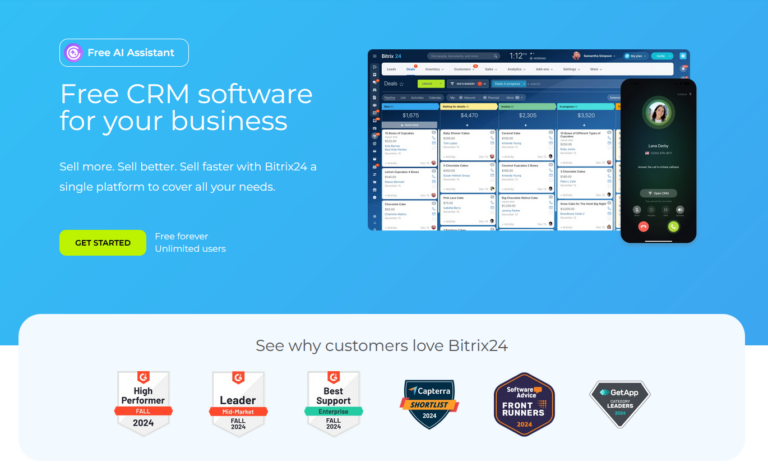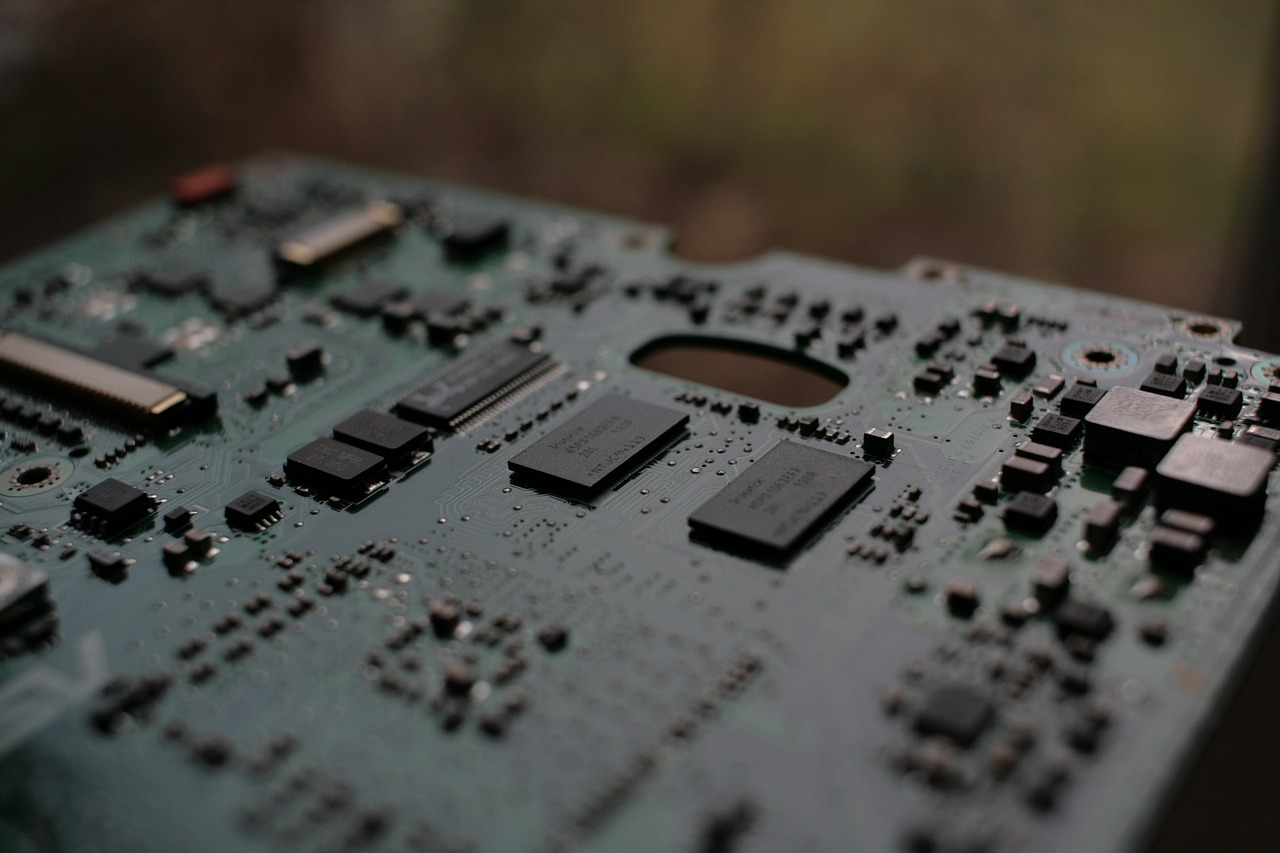Planning for retirement involves more than saving money—it requires strategic decisions about timelines, healthcare options, and financial goals. Learn the seven essential factors to consider for a comfortable and secure retirement.
Retirement is one of life’s most significant milestones. Still, achieving a comfortable and fulfilling retirement requires more than just reaching a certain age or accumulating a nest egg. It involves careful planning and consideration. Here are seven key things to consider as you plan for your retirement.
Once you start to navigate this journey, you need to keep an eye on specific timelines and dates, such as your retirement date, but also things like your Medicare enrollment window and the Medicare Fall Open Enrollment period because they can impact your healthcare decisions and overall retirement strategy. Missing enrollment periods can be detrimental to your Medicare coverage. So, let’s look at seven key things to consider as you plan for retirement.
-
Understand Your Retirement Goals
The first step in planning for retirement is to understand what you want your retirement to look like. The numbers matter—but it’s also about envisioning your lifestyle. Do you see yourself traveling the world, downsizing to a cozy home in the countryside, or perhaps spending more time with family and pursuing hobbies? Your retirement goals shape every other aspect of your planning.
Start by thinking about the kind of lifestyle you want to maintain. Consider your current living expenses and how they might change once you retire. Will you need to spend more on healthcare and leisure activities but perhaps less on commuting and work-related expenses? Your goals will help you estimate how much money you’ll need to save and how you should allocate your resources.
Then, think about the timeline. How long do you have until retirement, and how long do you expect to be retired? Life expectancy has increased over the years. The longer your retirement, the more funds you’ll need to ensure you don’t outlive your savings.
-
Assess Your Financial Situation
Once you have a clear vision of your retirement, it’s time to evaluate your financial situation. This step involves assessing your savings, income sources, and any debts or financial obligations you need to address before retiring.
Calculate your net worth. This includes your savings, investments, real estate, and other valuable possessions. Understanding your net worth gives you a snapshot of your financial health and helps you determine if you’re on track to meet your retirement goals.
Most retirees rely on a combination of Social Security benefits, pensions, personal savings, and investments. It’s important to understand how much you can expect to receive from each source and when. For instance, delaying Social Security benefits can increase your monthly payment, but you’ll need other income sources to cover your expenses.
Don’t forget to factor in any outstanding debts. Paying off high-interest debt, such as credit cards or personal loans, should be a priority before retiring. Lowering your debt burden can free up more of your income for living expenses and help reduce financial stress in your retirement years.
-
Healthcare Considerations
It’s not the most fun aspect, but healthcare is one of the most significant expenses retirees face and requires careful planning. As you get older, your healthcare needs will likely increase, and so will the associated costs.
Medicare is a primary source of health insurance for many retirees, but it’s important to understand what it does and doesn’t cover. Medicare Part A covers inpatient care, while Part B covers outpatient services and preventive care. However, there are gaps in coverage, such as prescription drugs (covered under Medicare Part D) and dental, vision, and hearing care, which may require additional insurance or out-of-pocket expenses.
Medicare also does not provide 100% coverage. You may also want to consider a Medicare Advantage plan or Medigap policy to help cover these gaps. Medicare Advantage plans are offered by private insurance companies and provide an all-in-one coverage method. Medigap policies, on the other hand, help cover remaining out-of-pocket costs not covered by Original Medicare.
-
Create a Withdrawal Strategy
Retirees need to create a strategy for withdrawing savings and investments.
The first step in creating a withdrawal strategy is to estimate your annual retirement expenses. It should include not only your daily living expenses but also healthcare costs, taxes, and any discretionary spending, such as travel or hobbies. Once you have an estimate, you can determine how much income you need to generate each year.
Next, consider the order in which you’ll withdraw from your accounts. This strategy helps manage your tax liability and allows your tax-advantaged accounts to grow tax-free for as long as possible.
Follow a withdrawal rate that aligns with your financial situation and market conditions. The most common guidelines may not be suitable for everyone, especially in times of market volatility or if you anticipate a long retirement. Consult with a financial advisor who can help you determine a withdrawal rate that suits your needs.
-
Taxes
Taxes don’t go away in retirement; in some cases, they can become even more complex. Understanding how different types of income are taxed and planning for these taxes is an integral part of your retirement strategy and financial security.
Another consideration is the tax treatment of different types of investments and what is taxed as income.
Distributions from tax-deferred accounts like traditional IRAs and 401(k)s can be subject to income tax. The amount you withdraw is added to your taxable income for the year, which can push you into a higher tax bracket. This is why the order in which you withdraw from your accounts can help you manage your tax liability and keep more of your own money.
Additionally, if you plan to work in retirement, even part-time, consider how that income will impact your taxes and possibly your Social Security benefits. Working while receiving Social Security can reduce your benefits if you haven’t reached full retirement age, and it can also increase your taxable income.
-
Plan for Inflation
Inflation is a reality that can erode your purchasing power over time, and it’s particularly important to plan for this in retirement since you may be living on a fixed income. Even moderate inflation can significantly impact your savings.
One of the best ways to protect against inflation is to have a diversified investment portfolio that includes assets that typically outpace inflation, such as stocks, real estate, and inflation-protected securities.
Social Security benefits get adjusted for inflation through cost-of-living adjustments (COLAs). While these adjustments help, they may not fully cover the increased costs and expenses that tend to rise faster than general inflation. If possible, have additional sources of income that can grow over time.
Consider your spending patterns in retirement. Some expenses, such as travel and recreation, may decrease as you age, while healthcare costs are likely to rise. Understanding how inflation can impact different aspects of your budget can help you make more informed decisions about your spending and investments as your retirement years go along.
-
Prepare for the Unexpected
Even the best-laid retirement plans can get derailed by unexpected events, such as health issues, market downturns, or changes in family circumstances. Preparing for the unexpected is a big part of retirement planning, showing you can handle whatever life throws your way.
Emergency Fund
One of the most important steps you can take to prepare for the unexpected is to build an emergency fund. An emergency fund should cover at least three to six months’ worth of living expenses and be kept in an easily accessible account. These funds are there to help with things such as medical bills or home repairs without the need to dip into your retirement savings. They provide a financial cushion so unforeseen circumstances and expenses don’t take a heavy financial toll on your life.
Other Insurance
Another thing to consider is insurance. In addition to health insurance, you may want to consider other types, like long-term care insurance, life insurance, and disability insurance. For example, long-term care insurance can help cover the costs of in-home care, assisted living, or nursing home care, which can be significant since Medicare does not pay for long-term care.
Reassess
Review and update your retirement plan regularly. Your circumstances, goals, and financial situation can change over time. Try to review at least once a year so you can adjust as needed to stay on track and ensure that you’re prepared for whatever the future may hold.
Get Started
Planning for retirement is a multifaceted process. It involves more than just saving money. It requires a deep understanding of your goals, financial situation, healthcare needs, taxes, and the potential impact of future concerns such as inflation. Consider these seven factors to create a retirement plan that provides financial security and allows you to enjoy your retirement fully. The sooner you begin, the better prepared you’ll be for this new chapter of your life.








 Granting additional time off promotes a workplace that respects personal time and hard work. This gesture is seen as both a recognition of their efforts and a commitment to their well-being, enhancing morale and loyalty.
Granting additional time off promotes a workplace that respects personal time and hard work. This gesture is seen as both a recognition of their efforts and a commitment to their well-being, enhancing morale and loyalty.

 Independent distributors provide an invaluable service when searching these types of goods and materials.
Independent distributors provide an invaluable service when searching these types of goods and materials.

 Shorter repayment periods often result in higher monthly payments but lower total interest costs. In contrast, longer terms may reduce monthly payments but increase the overall cost due to accumulated interest over time.
Shorter repayment periods often result in higher monthly payments but lower total interest costs. In contrast, longer terms may reduce monthly payments but increase the overall cost due to accumulated interest over time.










